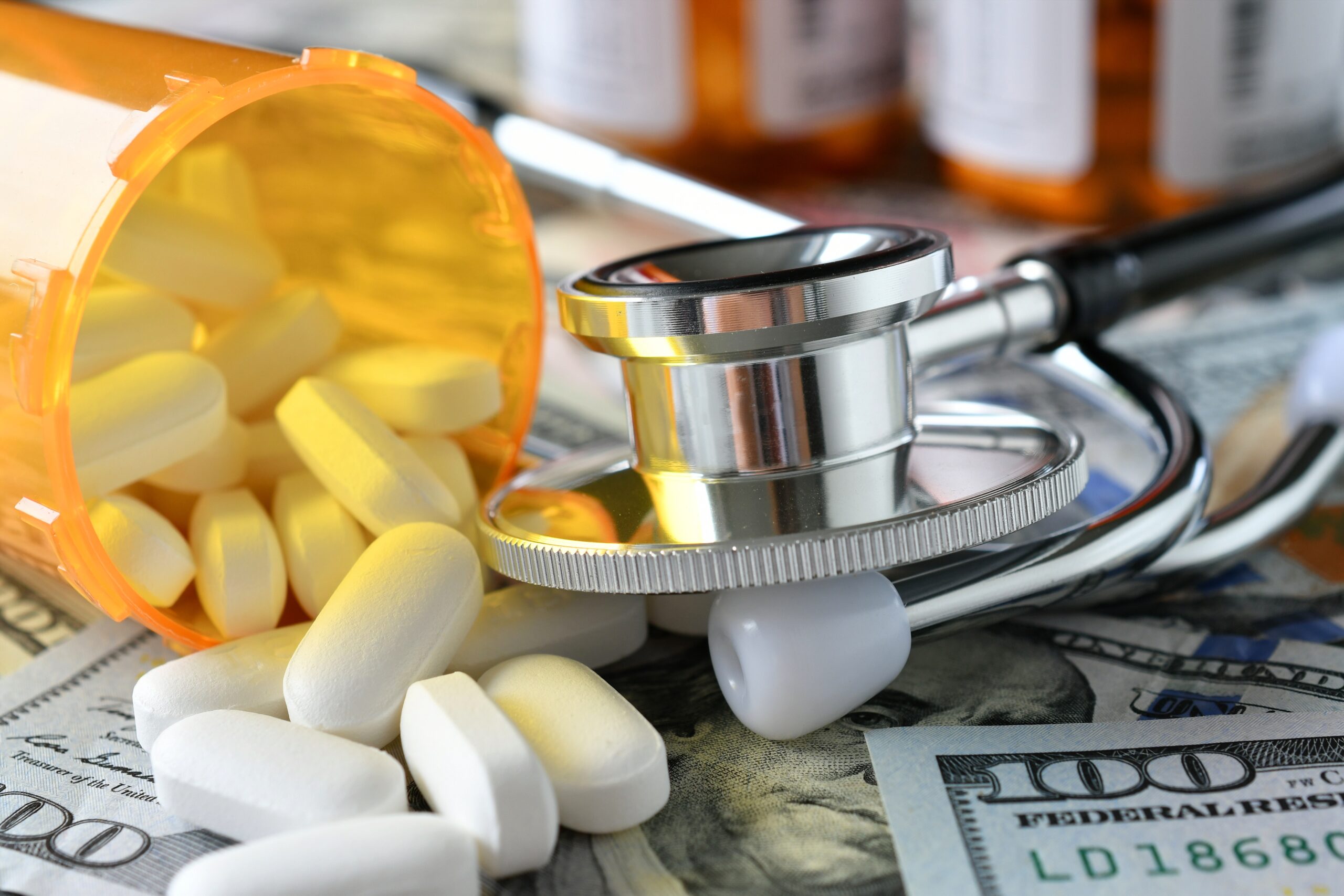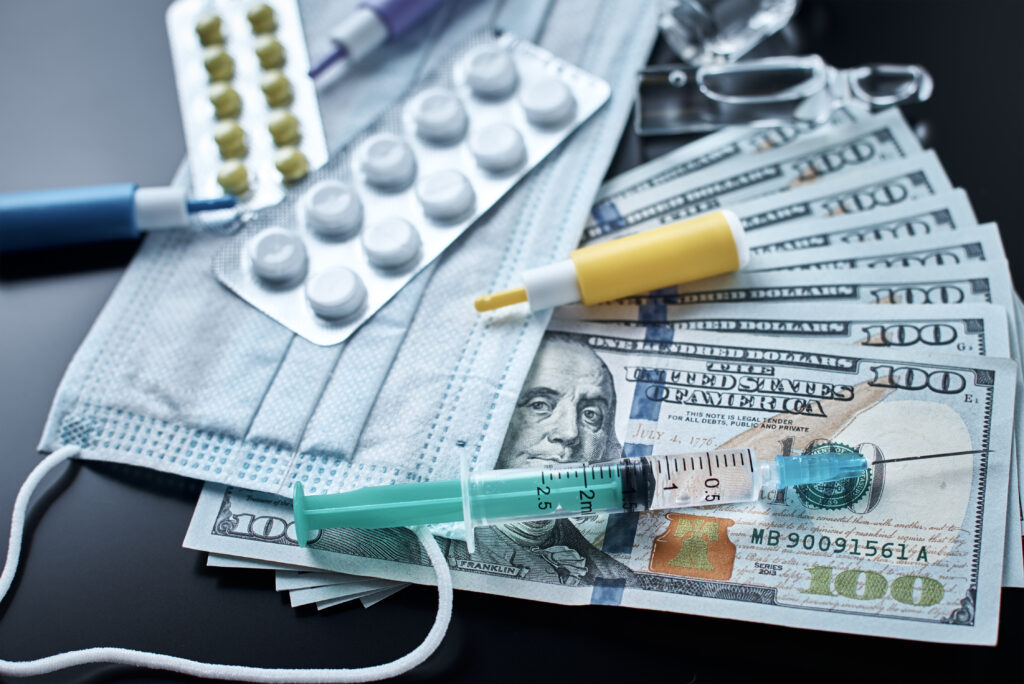
Medicare Part D Cost for Drug Plans for 2022 is now available. Medicare Advantage plans also offer prescription drug coverage, and some include vision, dental, and hearing coverage as well. You can find a plan that meets your needs and budget by using the Plan Finder on the Medicare website. In this blog post, we will discuss the different types of drug plans available through Medicare in 2022. We will also provide information on how to choose the best plan for you!
Medicare Part D Costs for and Differences in 2022
Part D premiums: According to CMS, the average monthly premium for a basic Medicare Part D Plan is $33 in 2022. This average includes standalone PDPs and Medicare Advantage Plans with drug coverage. The average cost for a standalone PDP in 2022 is $43 per month.
Part D deductible: The deductible refers to the annual amount you must pay out of pocket before your plan begins to pay its portion of drug costs. CMS has capped the deductible at a maximum of $480 in 2022, up from $445 in 2021. Plans may charge a lower or even $0 deductible, but cannot exceed the maximum.

Part D copayments and coinsurance: Copayments and coinsurance, dollar amounts or percentages that you must pay after you’ve met your deductible, vary depending on:
- Your plan
- Which tier your drug is on (for example, generic versus brand-name)
- Which coverage phase you are in
Medicare rolled out the Part D Senior Savings Model in 2021. This five-year test program caps the price beneficiaries pay for select types of insulin at a $35 copay for a 30-day supply. According to the Kaiser Family Foundation, 2,159 Part D plans will participate in the Senior Savings Model in 2022, including 258 PDPs and 1,901 Medicare Advantage Plans with drug coverage. Medicare Part D Costs may be higher for participating plans.
True Out of Pocket Cost Changes in 2022
After your TrOOP costs reach $7,050 in 2022, you’ll enter the catastrophic phase. TrOOP costs that count toward you moving out of the donut hole include:
- All payments you have made, including your deductible copayments and coinsurance
- The discount you get on brand-name drugs
- What do you pay for drugs that are covered by your plan?
Out-of-pocket costs that do not count include:
- Your plan premium
- Pharmacy dispensing fee
- The percentage your plan pays for drugs in the coverage gap
- What do you pay for drugs that are not covered by your plan
What Are The Four Stages of Drug Coverage?
There are four coverage stages for most Medicare Part D and Medicare Advantage plans with drug coverage.
Stage One: The Deductible Phase
In this phase, you are responsible for the entire cost of your prescriptions. Once you reach your plan’s deductible, you move on to Stage Two.
Stage Two: The Initial Coverage Phase
In Stage Two, you begin to share the cost of your prescriptions with your plan. You pay a copayment or coinsurance for each covered drug. Once you and your plan have spent a certain amount of money on drugs, you enter the coverage gap or donut hole.
Stage Three: The Coverage Gap Phase
In Stage Three, you are responsible for a larger portion of the cost of your prescriptions. You may get discounts on covered brand-name drugs and pay no more than 25% for covered generic drugs. Once you have spent a certain amount of money out-of-pocket, you enter Stage Four.
Stage Four: The Catastrophic Coverage Phase
In Stage Four, you have reached the catastrophic coverage level. This means that you have very few drug costs for the rest of the year. You pay a small copayment or coinsurance for covered drugs for the rest of the coverage period. Plans may have different names for these stages, but they all must cover at least the same drugs and provide the same level of coverage.
What Is The Coverage Gap?
The coverage gap or donut hole is a temporary limit on what you pay for covered drugs. In 2021, this limit is $445. Once you reach this point, you are responsible for a larger portion of your drug costs. You may get discounts on covered brand-name drugs and pay no more than 25% for covered generic drugs. The coverage gap ends when you have spent a certain amount of money out-of-pocket. In 2021, this limit is $870. Once you reach this point, you enter the catastrophic coverage phase.
What Is The Catastrophic Coverage Phase?
The catastrophic coverage phase is the final stage of drug coverage. In this stage, you have very few drug costs for the rest of the year. You pay a small copayment or coinsurance for covered drugs for the rest of the coverage period. Plans may have different names for these stages, but they all must cover at least the same drugs and provide the same level of coverage.
What Are The Different Types of Medicare Drug Plans?
There are two types of Medicare drug plans: Medicare Part D Prescription Drug Plans (PDPs) and Medicare Advantage Plan with drug coverage. PDPs are standalone plans that you can add to your Original Medicare plan. Medicare Advantage Plans with drug coverage are all-in-one plans that cover your Medicare Part A, Part B, and usually Part D benefits.
Part D Prescription Drug Plans
A PDP is a standalone plan that you can add to your Original Medicare plan. PDPs are offered by private insurance companies that contract with Medicare. You must have Medicare Part A and/or Part B to join a PDP.

Medicare Advantage Plans with Drug Coverage
A Medicare Advantage Plan with drug coverage is an all-in-one plan that covers your Medicare Part A, Part B, and usually Part D benefits. Medicare Advantage Plans are offered by private insurance companies that contract with Medicare. You must have Medicare Part A and/or Part B to join a Medicare Advantage Plan.
If you need any help with the Medicare Part D Costs. Please give us a call. We will be able to help you find the right plan.
